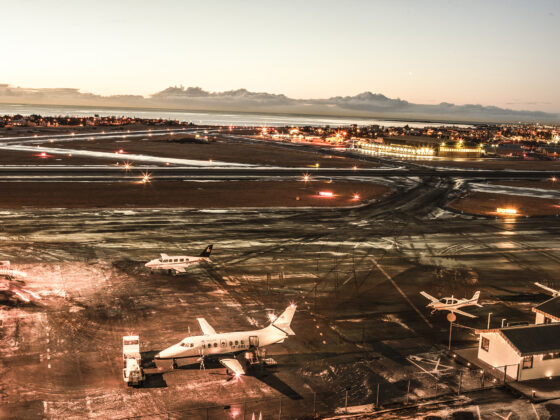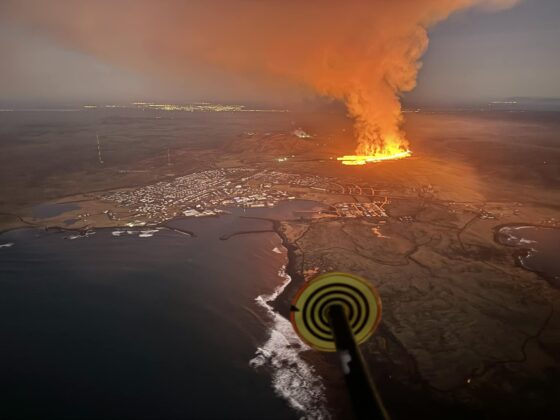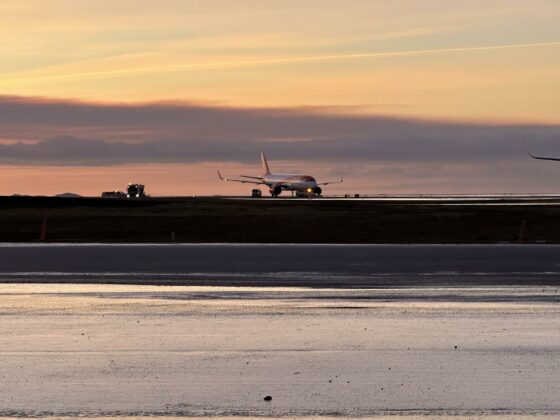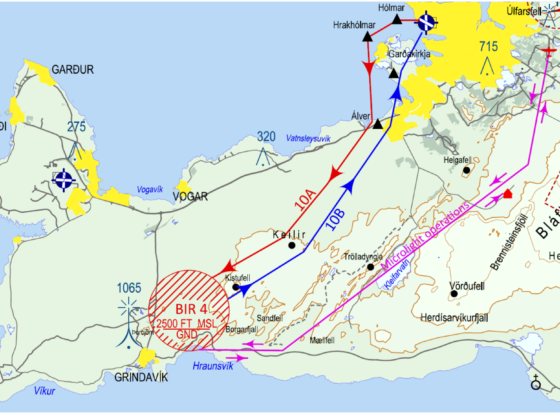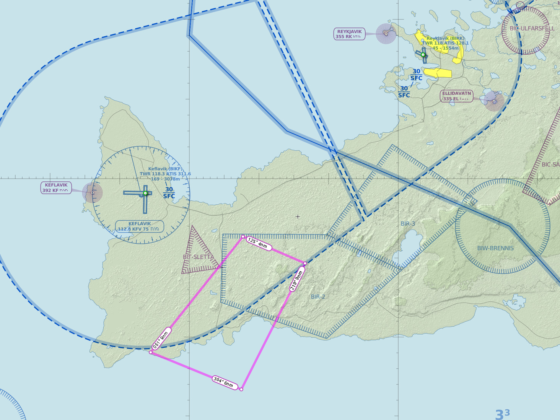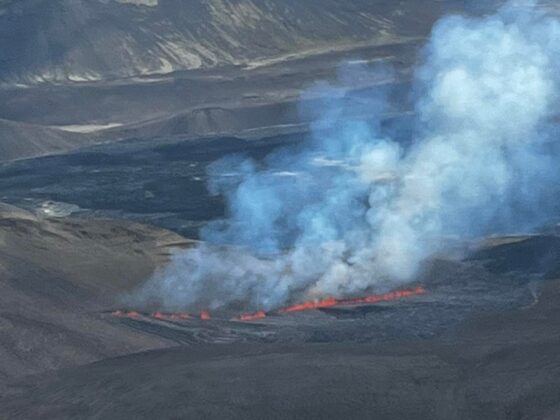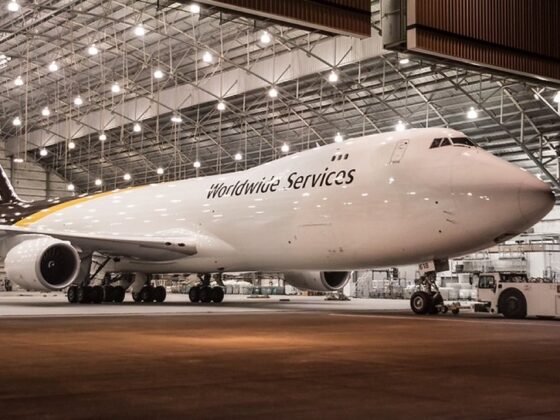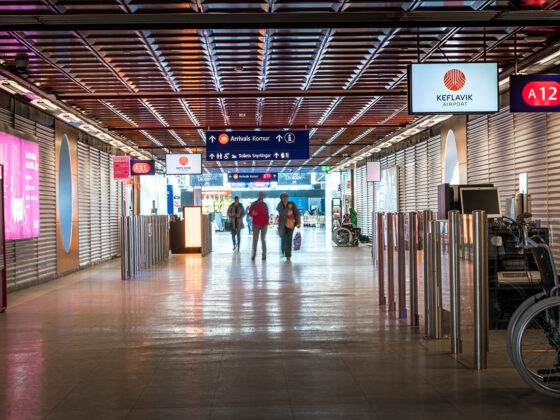Next year, Isavia is waiting for record figures. For the first time in history, the country’s main airport will overcome the mark of 10 million passengers per year. In Keflavik, every effort now is made to ensure that the process will not be stuck in a bottleneck.
To the new records…
Isavia presented the figures for 2017. The year is still going on, and so far the passengers who used the airport from January to October have been counted. Nevertheless, the company believes that the trend is obvious. According to their forecast, by the end of December the passenger turnover in Keflavik for 2017 will reach 8,797,939 passengers, which is 29% more than the previous year. Of these, 2.981.293 are transit passengers.
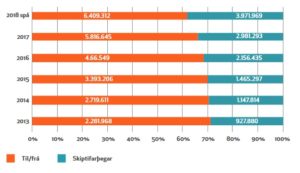
The figures for 2018 are even more impressive. According to Isavia, their forecast for Keflavik Airport in 2018 provides analyzes and assessments of factors affecting passenger demand for flights to and from Keflavik Airport as well as estimated airline availability for the coming year. They emphasized, that the assumptions based on the forecast can change on a relatively short notice and should therefore be taken with the proviso that current forecasts of airline companies are met.
Next year, four new airlines will launch scheduled flights from Keflavik Airport. Two of America’s largest airlines, American Airlines daily from Dallas and United Airlines daily from Newark, New York. In addition, the airline S7 will start flying to Moscow and Luxair will fly once a week to Luxembourg. Isavia expects, that Icelandair and WOW airlines will add some destinations next year also. These include new cities in the west like Cleveland, Dallas and Cincinnatti. In total, 29 airlines will be scheduled from Keflavík Airport next summer with 101 direct flights.
With such assumptions, Isavia estimated that next year Keflavik Airport will be used by 10,381,281 passengers. According to their calculations, a record mark of 10 million people will be passed in mid-December. Of this amount, the transit passengers will be 3.971.969 people.
It is interesting to note that 2018, according to Isavia’s forecast, will be the most balanced year for Keflavik in the distribution of passenger traffic over the seasons for the last 7 years. According to their data, in 2010 half of the entire passenger traffic accounted for three summer months – from June to August. However, during the five winter months (from January to March, then November and December), the airport received only 23% of the annual statistics.
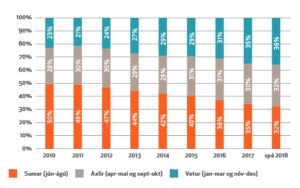
Over the years, the share of winter passengers increased. In 2017, taking into account the forecast, it should equal the summer months. 35% will come for the winter and summer periods, the remaining 30% will go to the off-season – spring and autumn months. 2018 will be unique in the sense that the proportion of winter passengers for the first time will be more than the summer: 36% and 32% respectively.
…through “bottlenecks”
However, the rapid growth in passenger traffic turns into a problem for the airport in the event that it lacks the capacity to service it. To avoid getting into the “bottle neck” Keflavik is actively being built. Hlynur Sigurdsson, commercial director of Keflavik airport, told to Flugblogger, that the main terminal building was expended from 56 000 sq. meters in 2010 to 70 000 sq. meters in 2017.
In addition, most time wasting processes, such as check-in and security control, were automated where it is possible. As a result, according to Isavia, around 88% of passengers spent less than 5 minutes during highest pick in a summer traffic in 2017. However, not problems are solved.
“The other “bottleneck” maybe a space at the gates”, Hlynur Sigurdsson said, “When we boarding several aircrafts in the same time in the same area, we know that the area is quite crowdie and not comfortable. But we are working on that, and that is part of our long time development plan of building the airport and the terminal”.
Plans for the development of the airport are understandable, given that even the growth of the crown was not able to stop the growth of passenger traffic. According to Sigurdsson, despite of the strengthening krona, which started in midyear of 2016, Iceland seems to be such popular destination, so Keflavik has so nice increase in this year.
“It’s really difficult to say if it would be a more traffic, if Icelandic krona wouldn’t get that strong”, Hlynur Sigurdsson said, “Maybe it is even good that we don’t have too much traffic, which is difficult to handle with. So, we still have steady grow of 33-34%. Tourists continue to come to Iceland. And it is still a lot of them”.



